Global car companies including Volkswagen, Ford and Renault-Nissan are redoubling plans to transform India into an auto export hub and targeting vehicle shipments to Europe and the US, as a hedge against shrinking demand in Asia’s third-largest economy.
Hopes that India’s once fast-growing market would soon rival China have been savaged over the past two years by a slump in car sales and rising costs following a sharp depreciation in India’s rupee.
High quality global journalism requires investment. Please share this article with others using the link below, do not cut & paste the article. See our Ts&Cs and Copyright Policy for more detail. Email ftsales.support@ft.com to buy additional rights. http://www.ft.com/cms/s/0/de706d48-8ff9-11e3-aee9-00144feab7de.html#ixzz2t14B3i5Q
Many international motor groups, which have channelled more than $8bn into India since the mid-1990s, now view exports as the only answer to chronic oversupply in a country where vehicle capacity will more than double to 9.5m by 2018, up from 4.5m last year, according to LMC Automotive.
Volkswagen of Germany, the world’s second largest car company by sales, plans nearly to treble Indian exports to almost 55,000 units this year, having failed to achieve a breakthrough in the nation’s ultra price-sensitive domestic market.
Mahesh Kodumudi, president of Volkswagen India, which already exports cars to about 30 countries and has found particular success shipping vehicles to Mexico, says that his company would consider exporting to Europe and America.
“We see tremendous potential for India to become an export hub, especially with the rupee weakening,” he told the Financial Times at this week’s New Delhi auto expo.
“If I can export to Mexico, why can’t I export to the United States?” he added. “Even Europe . . . it could be eastern Europe, western Europe as well.”
US-based Ford is also increasingly focused on exports as it opens a $1bn factory this year, bringing the company’s annual capacity to 440,000 vehicles, despite selling only 77,000 in India during the last financial year.
Ford plans to export to more than 50 markets from its two Indian facilities, including 10 countries for its successful EcoSport sport utility vehicle, which it already plans to send to countries in western Europe.
Ford said it had “no specific plans” to export the EcoSport to the US, but industry analysts said that the group was likely to consider the move.
“For Ford, it makes a great deal of sense to look to export to America,” says Deepesh Rathore, director of Emerging Markets Automotive Advisors, a New Delhi-based research group.
“Given how popular that car has been all around the world, and how much spare capacity they are going to have in India . . . I think they will do it,” he added.
Renault and Nissan, which operate in a global alliance, also hope to increase exports, having sent abroad more than 60 per cent of the roughly 600,000 vehicles the duo has so far produced in India.
Indian automakers are projected to send abroad about 553,000 passenger and light-commercial vehicles by 2020, up from about 375,000 in 2011, according to IHS Automotive.
India’s underused factories and geographic location see the country’s well-placed to supply emerging markets in Africa, Asia and the Middle East, analysts say, but exports to Europe and even the US are also increasingly attractive.
“After the recession in the west, there is an increased focus on value . . . so it is perfectly possible that mid-range cars made in India, like the [Ford] EcoSport, could find a good market in America or Europe,” says Paul Blokland of Segment Y Automotive Intelligence, an India-based research group.
Global car groups to rev up India exports
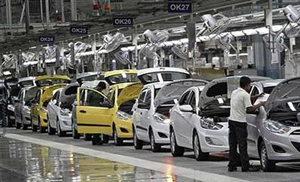



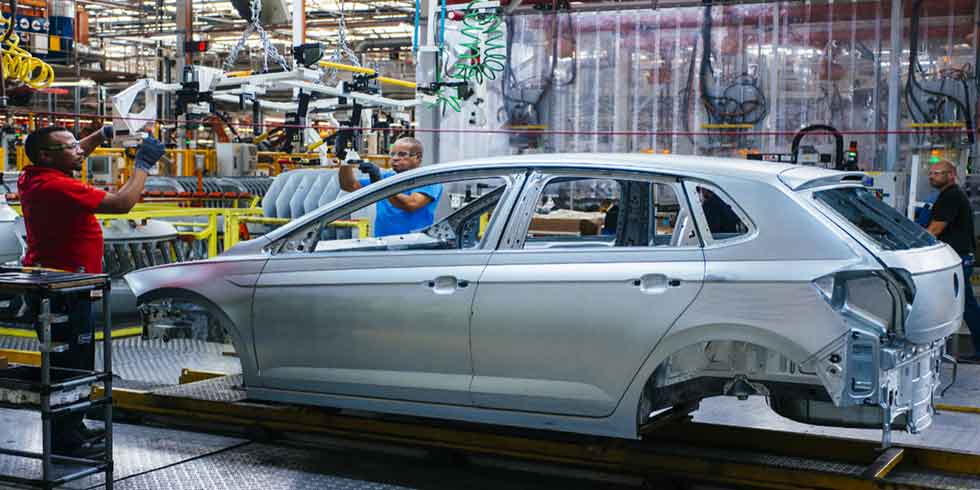
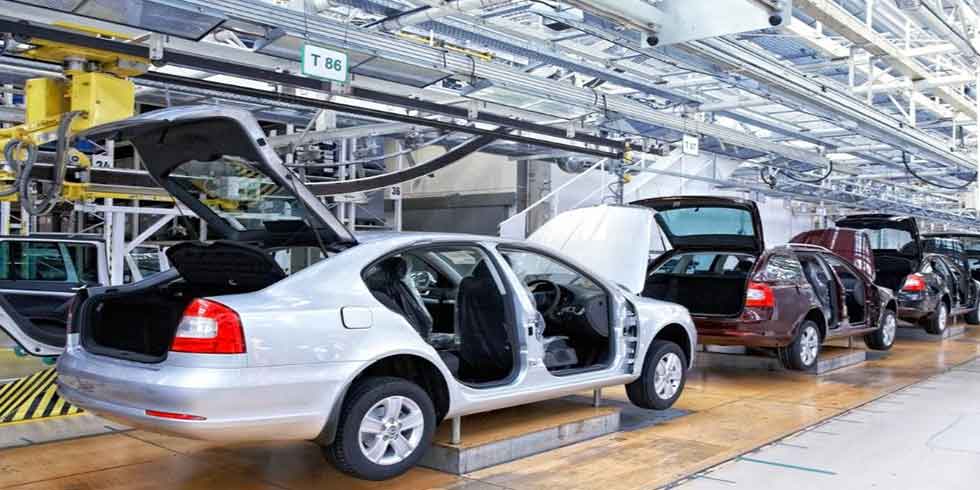
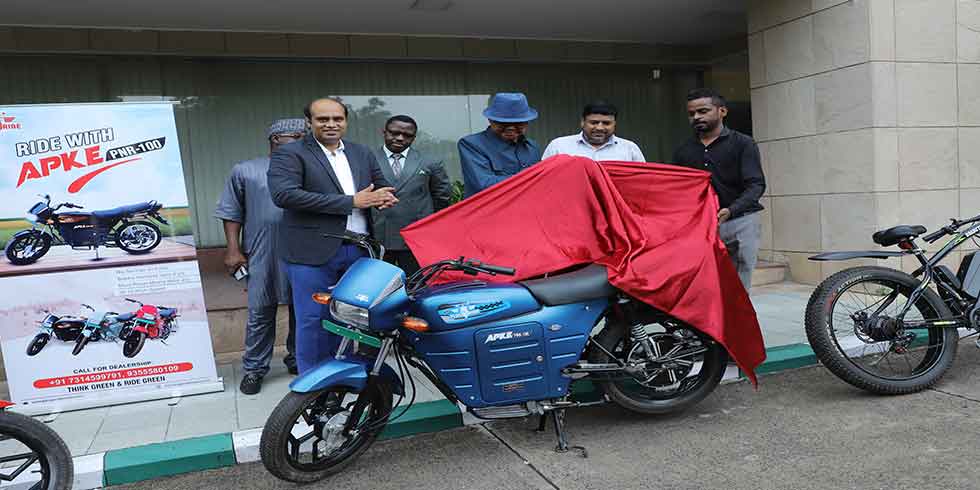
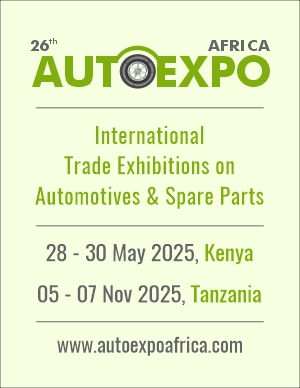

Add Comment